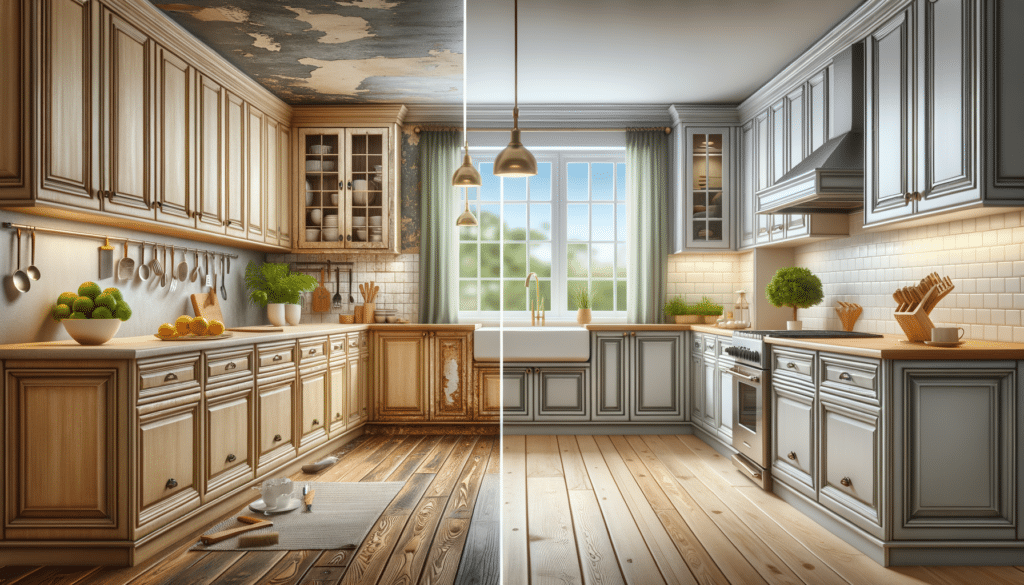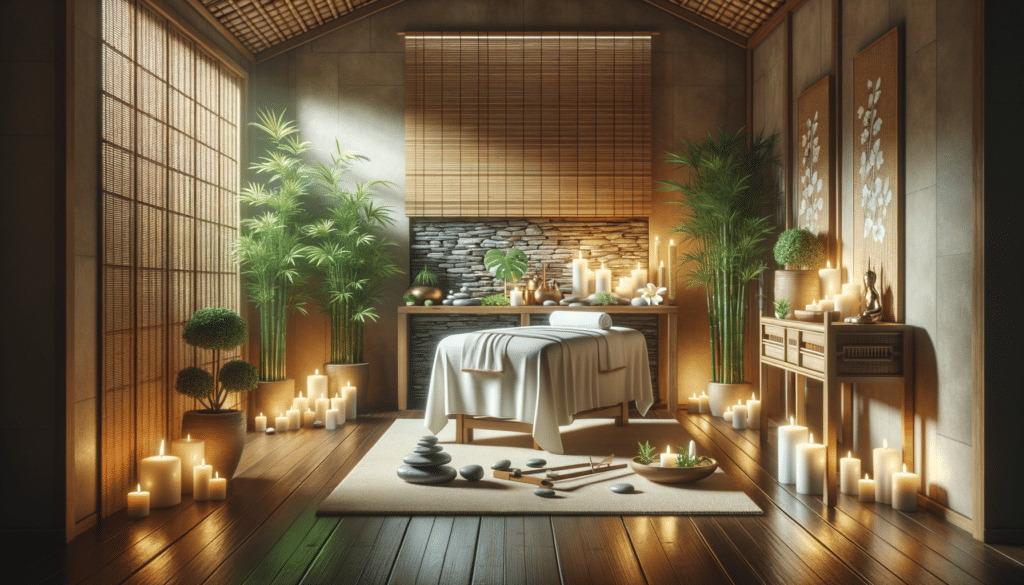The Evolution of Kitchen Cabinet Design
Kitchen cabinet design has evolved significantly over the years, reflecting changes in technology, lifestyle, and aesthetic preferences. Historically, kitchen cabinets were purely functional, designed to store utensils and ingredients out of sight. However, as the kitchen became the heart of the home, the design of cabinets began to reflect this central role. Today, kitchen cabinets are not just about storage; they are a crucial element of kitchen decor, influencing the overall style and feel of the space.
The evolution of kitchen cabinet design can be traced through various styles and trends. In the early 20th century, cabinets were often made of solid wood with simple, utilitarian designs. The post-war era saw the introduction of new materials such as stainless steel and laminate, which allowed for more innovative designs and finishes. In recent years, there has been a resurgence of interest in traditional styles, with many homeowners opting for shaker-style cabinets or those with intricate moldings.
Modern kitchen cabinet design places a strong emphasis on functionality and efficiency. Features such as soft-close drawers, pull-out shelves, and integrated lighting have become standard in many designs. There is also a growing trend towards customization, with homeowners seeking cabinets that reflect their personal style and meet their specific needs.
Materials and Finishes: Choosing the Right Look
When it comes to kitchen cabinet design, the choice of materials and finishes is crucial in achieving the desired aesthetic and functionality. The most common materials for kitchen cabinets include wood, laminate, and metal, each offering distinct advantages.
Wood is a popular choice for its natural beauty and durability. It can be stained or painted in a variety of colors, allowing for a high degree of customization. However, wood cabinets can be susceptible to moisture and require regular maintenance to keep them looking their best.
Laminate cabinets, on the other hand, are known for their affordability and ease of maintenance. They come in a wide range of colors and patterns, making them a versatile option for many kitchen styles. However, they may not offer the same level of durability as wood or metal cabinets.
Metal cabinets, often made of stainless steel, are prized for their sleek, modern look and resistance to moisture and heat. They are an excellent choice for contemporary kitchens but can be more expensive than other materials.
Key considerations when choosing materials and finishes include:
- Durability: Consider how the material will hold up to daily use and potential exposure to moisture and heat.
- Maintenance: Choose a finish that is easy to clean and maintain over time.
- Style: Ensure that the material and finish complement the overall design of your kitchen.
Maximizing Space with Smart Storage Solutions
In kitchen cabinet design, maximizing space is a top priority. Smart storage solutions can transform a cluttered kitchen into an organized and efficient workspace. One popular approach is the use of pull-out shelves and drawers, which allow for easy access to items stored at the back of cabinets.
Another effective strategy is the incorporation of vertical storage solutions. Tall cabinets can be used to store items that are not frequently needed, such as serving platters and seasonal cookware. Additionally, installing hooks or racks on the inside of cabinet doors can provide extra storage for small items like measuring spoons or pot lids.
Corner cabinets are often underutilized spaces in the kitchen. Lazy Susans or pull-out trays can make these areas more accessible and functional. Furthermore, using dividers in drawers can help keep utensils and other small items organized and easy to find.
Consider these tips for maximizing storage in your kitchen cabinets:
- Utilize vertical space: Install tall cabinets to take advantage of ceiling height.
- Incorporate pull-out solutions: Use pull-out shelves and drawers for easy access to items.
- Optimize corner cabinets: Add lazy Susans or pull-out trays to make use of awkward spaces.
Color and Style: Setting the Tone for Your Kitchen
The color and style of your kitchen cabinets play a significant role in setting the tone for the entire space. Whether you prefer a classic, contemporary, or eclectic look, the choices you make in cabinet color and style can dramatically influence the atmosphere of your kitchen.
Neutral colors such as white, gray, and beige remain popular choices for kitchen cabinets, offering a timeless and versatile look. These colors can make a kitchen feel bright and open, and they pair well with a variety of other colors and materials. For those looking to make a bolder statement, darker shades like navy blue or forest green can add depth and sophistication to the kitchen.
In terms of style, shaker cabinets are a perennial favorite due to their clean lines and simple design. They work well in both traditional and modern kitchens. For a more contemporary look, flat-panel cabinets offer a sleek and minimalist aesthetic. Alternatively, glass-front cabinets can add a touch of elegance and allow for the display of beautiful dishware.
When choosing the color and style of your kitchen cabinets, consider the following:
- Overall kitchen design: Ensure that the cabinets complement the rest of the kitchen, including countertops, backsplash, and flooring.
- Personal taste: Choose colors and styles that reflect your personal preferences and lifestyle.
- Resale value: Consider how your choices might impact the future resale value of your home.
Innovative Trends in Kitchen Cabinet Design
As kitchen design continues to evolve, several innovative trends are emerging in the realm of cabinet design. These trends reflect a growing emphasis on sustainability, technology, and personalization.
Sustainability is becoming increasingly important to homeowners, leading to a rise in the use of eco-friendly materials and finishes in kitchen cabinets. Bamboo and reclaimed wood are popular choices for their environmental benefits and unique aesthetic qualities. Additionally, low-VOC finishes are being used to reduce the impact on indoor air quality.
Technology is also playing a significant role in modern kitchen cabinet design. Smart cabinets equipped with features such as integrated lighting, charging stations, and automated opening systems are becoming more common. These innovations enhance both the functionality and convenience of kitchen cabinets.
Personalization is another key trend, with homeowners seeking cabinets that reflect their individual style and meet their specific needs. Custom cabinetry allows for unique configurations and features, such as built-in wine racks or spice drawers, that cater to the homeowner’s lifestyle.
Key trends to watch in kitchen cabinet design include:
- Sustainability: Use of eco-friendly materials and low-VOC finishes.
- Technology integration: Smart features such as integrated lighting and automated systems.
- Personalization: Custom cabinetry tailored to individual needs and preferences.





